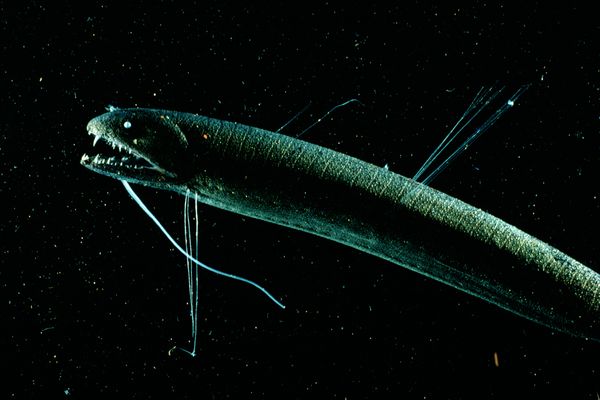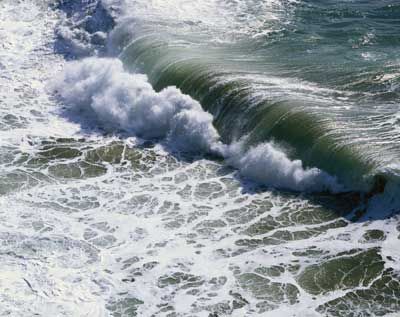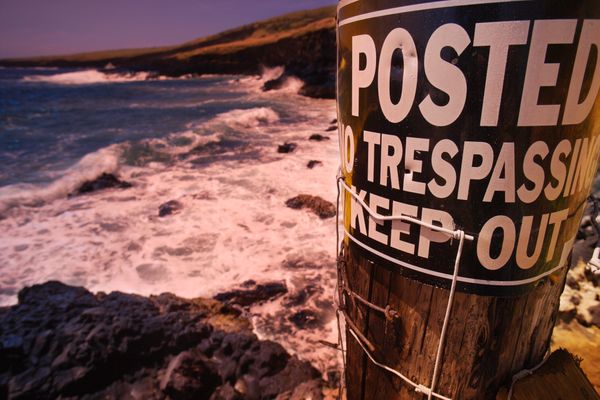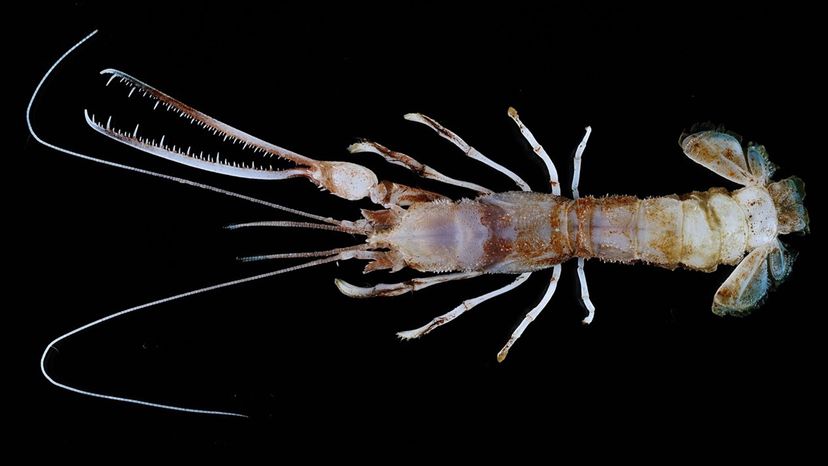
Somewhere there must be a sci-fi story about cockroaches that survive a nuclear war (because, famously, they can do that) and then, thanks to massive doses of radiation, grow into a race of giants.
Actually, no need for sci-fi or nuclear war. As is so often the case, deep sea exploration reveals that our furthest flights of fancy can't match nature for invention. A recent Singaporean-Indonesian expedition to explore deep-sea regions south of the island of Java has turned up a hefty batch of fascinating species, some of them completely new to science, among which is, yes, an 11-inch-long (30-centimeter) long giant deep-sea cockroach affectionately named Darth Vader.
Advertisement
Using tools that included multicorers, box corers, dredges and trawls, the team of experts traveled more than 1,200 miles (2,000 kilometers) in two weeks, pulling samples up from as deep as 6,889 feet (2,100 meters). Besides the aforementioned giant cockroach (Bathynomus), they were also delighted to find an extraordinary lobster with a claw so long and spiky it was dubbed a "chainsaw" lobster (Thaumastocheles massonktenos). Interestingly, scientists don't think the lobsters use the claw to capture critters, but rather to sift through sediment on the ocean floor in an effort to glean food.
Like the great dragon Smaug from "The Hobbit," who encrusted himself with jewels, a tube-dwelling worm (Pectinariidae) that pastes granular sediments all over itself to form a tubular structure was also pulled from the depths. The result bears a strange resemblance to an ice-cream cone.
The research team also found a truly bizarre looking squid (Histioteuthidae) with one eye quadruple the size of the other. The creature swims along the ocean floor with the big eye staring down for food while the smaller one gazes up looking for incoming danger. It's like having a macro-lens on one eyeball for close-up viewing, with the other evolved for general vision.
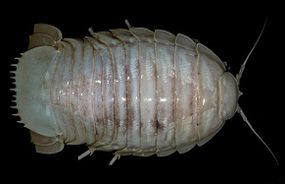
A blood red shrimp, a squid with an octopus with two huge fins (they're affectionately called Dumbo octopuses) and a hermit crab with bright green eyes were also among the crew's finds. A second new species of hermit crab (Xylopagurus cf. philippinensis) was hiding inside a twig of sunken wood. Actually, for a deep-sea exploration, sunken wood was a surprisingly common denominator in a number of these finds. There was a white sea star (Caymanostellidae), for instance, attached to drowned trees and the snow-white lobster (Munidopsis nitida) mentioned above lives in, and may feed on, rotting wood.
Just 50 years ago, a joint scientific venture between Singapore and Indonesia would have seemed highly unlikely. Back in the mid-1960s, the two countries were facing off in a post-colonial conflict known as the Konfrontasi. But with the end of hostilities in 1967 and the establishment of diplomatic ties, a new era tentatively began.
Over the decades those diplomatic ties grew into a mutually beneficial relationship culminating in RISING50, a celebration of 50 years of bilateral relations. The joint expedition to explore the deep seas south of Java is an important part of RISING50 proving, if proof is needed, that science, politics, history and the natural world are all deeply intertwined.
Advertisement
